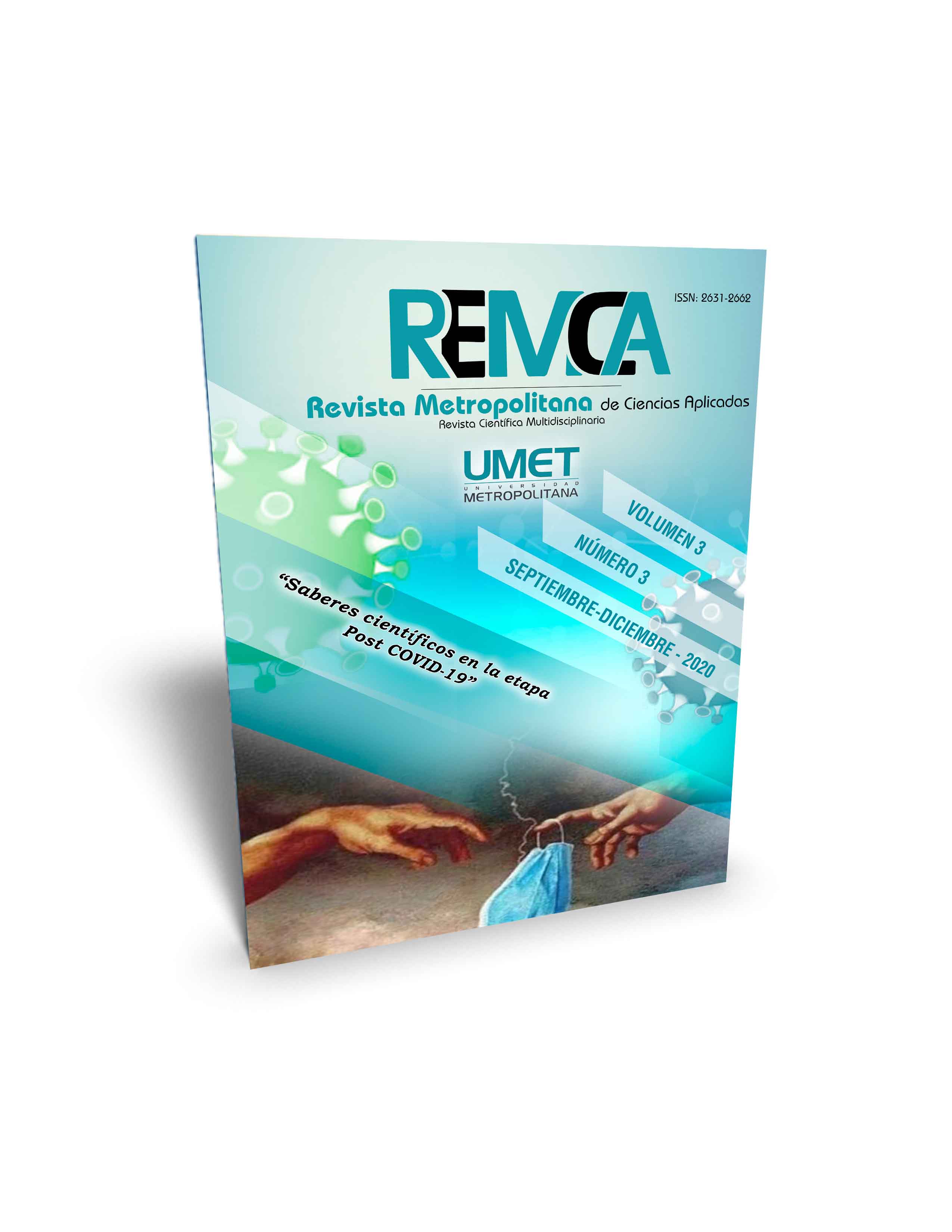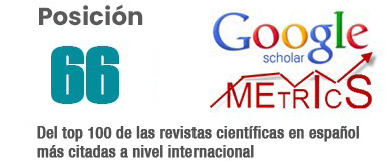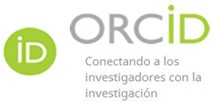Relation of the value chain and ecosystem services of the ecuadorian banana and plantain
DOI:
https://doi.org/10.62452/a8r9qc33Keywords:
Carbon sequestration, value chain, watershedAbstract
Value chains in agriculture tend to grow with the growth of their sales. But this increase in links tends to decrease the ecosystem value of various services provided by nature, such as biodiversity, carbon sequestration or the water cycle. Within this framework, the research proposed: categorizing and relating the links in the value chains of the Ecuadorian banana and plantain and the ecosystem services (ES). A horizontal approach was used, discarding the collateral involved such as input suppliers, then the value chain was divided into: production and commercialization or logistics. To achieve a relationship between the value chain and ES, the economic value approach was taken (direct, indirect, legacy and existence). The links generate negative effects on ES, such as solid waste dumping that affects the soil and the location of farms in watersheds that supply water to a large population. This is explained in the production stages where fertilizers and pesticides are used for the management of these Musáceae, without the system including. On the other hand, the volumes of cargo mean that the vehicles do not have a lower carbon footprint than other production systems. The value that Ecuadorian bananas generate in a direct but subjective way is for their quality and taste. The banana tradition is another legacy value that should be promoted.
Downloads
References
Barrezueta-Unda, S. (2018). Análisis del cacao y café ecuatoriano desde su cadena de valor en el periodo 2010-2015. Revista Científica Agroecosistemas, 6(3), 6–17.
Caro Caro, C., & Torres Mora, A. (2015). Servicios ecosistémicos como soporte para la gestión de sistemas socioecológicos: aplicación en agroecosistemas. Orinoquia, 19(2), 237–252.
Castro, L. M., Calvas, B., & Knoke, T. (2015). Ecuadorian banana farms should consider organic banana with low price risks in their land-use portfolios. Plos One, 10(3),
Fierro, I., & Villacres, C. (2014). Diagnóstico de la cadena logística de exportación del banano ecuatoriano hacia Estados Unidos de América. Saber, Ciencia y Libertad, 8(2), 77–90.
Gaba, S., Lescourret, F., Boudsocq, S., Enjalbert, J., Hinsinger, P., Journet, E.-P., Navas, M.-L., Wery, J., Louarn, G., Malézieux, E., Pelzer, E., Prudent, M., & Ozier-Lafontaine, H. (2015). Multiple cropping systems as drivers for providing multiple ecosystem services: from concepts to design. Agronomy for Sustainable Development, 35(2), 607–623.
García Saltos, M., Juca Maldonado, F., & Juca Maldonado, O. (2016). Estudios de los eslabones de la cadena de valor del banano en la provincia de El Oro. Universidad y Ciencia, 8(3), 51–57.
Herrera Samaniego, P., Villa Cox, G., Chávez, E., Claderon, M. F., Álava, E., Santos, A., & Troya, F. (2017). Integración del valor de los servicios ecosistémicos en la cadena del cacao. ESPOL.
Lehmann, S., & Springer-Heinze, A. (2014). The value chain approach to smallholder development in Ecuador adopted by the German Agency for International Cooperation (GIZ). En, R. Hernández, J. Martínezz-Piva, & N. Mulder (Eds.), Global value chains and development. ECLAC.
Organización de las Naciones Unidas para la Alimentación y la Agricultura. (2017). Huella de carbono de la cadena de suministro del banano. FAO. http://www.fao.org/world-banana-forum/projects/good-practices/carbon-footprint/es/
Rapidel, B., Ripoche, A., Allinne, C., Metay, A., Deheuvels, O., Lamanda, N., Blazy, J.-M., Valdés-Gómez, H., & Gary, C. (2015). Analysis of ecosystem services trade-offs to design agroecosystems with perennial crops. Agronomy for Sustainable Development, 35(4), 1373–1390.
Rosales Jibaja, W. (2014). Análisis de la competitividad del cacao fino de aroma del ecuador en el comercio mundial del cacao 2008-2013. (Tesis de maestría). Universidad de Guayaquil.
Sukhdev, P., May, P., & Müller, A. (2016). Midiendo lo que importa en la agricultura y los sistemas alimentarios. Global Food Policy Report. http://teebweb.org/agrifood/wp-content/uploads/2018/10/Layout_synthesis_ES_High-resolution.pdf
Svanes, E., & Aronsson, A. K. S. (2013). Carbon footprint of a Cavendish banana supply chain. International Journal of Life Cycle Assessment, 18(8), 1450–1463.
Tinzaara, W., Stoian, D., Ocimati, W., Kikulwe, E., Otieno, G., & Blomme, G. (2018). Challenges and opportunities for smallholders in banana value chains. En, G. Kema, y A. Drenth, (eds.), Achieving sustainable cultivation of bananas. Vol. 1 Cultivation techniques. (pp. 65–90). Burleigh Dodds.
Vadrevu, K. P., Cardina, J., Hitzhusen, F., Bayoh, I., Moore, R., Parker, J., Stinner, B., Stinner, D., & Hoy, C. (2008). Case study of an integrated framework for quantifying agroecosystem health. Ecosystems, 11(2), 283–306.
Viera Noroña, B. (2013). Análisis, investigación y propuesta para fortalecer la infraestructura nacional de la calidad para la evaluación de la conformidad de los productos del cacao ecuatoriano provenientes de la cadena productiva que se exportan a la Unión Europea, Estados Unidos y Japón. (Tesis de maestría). Universidad Central del Ecuador.
Zhang, W., et al. (2018). Systems thinking: an approach for understanding ‘eco-agri-food systems’. In TEEB for Agriculture & Food: Scientific and Economic Foundations. UN Environment.
Downloads
Published
Issue
Section
License
Copyright (c) 2020 Salomón Barrezueta Unda (Autor/a)

This work is licensed under a Creative Commons Attribution-NonCommercial-ShareAlike 4.0 International License.
Authors who publish in Revista Metropolitana de Ciencias Aplicadas (REMCA), agree to the following terms:
1. Copyright
Authors retain unrestricted copyright to their work. Authors grant the journal the right of first publication. To this end, they assign the journal non-exclusive exploitation rights (reproduction, distribution, public communication, and transformation). Authors may enter into additional agreements for the non-exclusive distribution of the version of the work published in the journal, provided that acknowledgment of its initial publication in this journal is given.
© The authors.
2. License
The articles are published in the journal under the Creative Commons Attribution-NonCommercial-ShareAlike 4.0 International License (CC BY-NC-SA 4.0). The terms can be found at: https://creativecommons.org/licenses/by-nc-sa/4.0/deed.en
This license allows:
- Sharing: Copying and redistributing the material in any medium or format.
- Adapting: Remixing, transforming, and building upon the material.
Under the following terms:
- Attribution: You must give appropriate credit, provide a link to the license, and indicate if any changes were made. You may do this in any reasonable manner, but not in any way that suggests the licensor endorses or sponsors your use.
- NonCommercial: You may not use the material for commercial purposes.
- ShareAlike: If you remix, transform, or build upon the material, you must distribute your creation under the same license as the original work.
There are no additional restrictions. You may not apply legal terms or technological measures that legally restrict others from doing anything the license permits.




